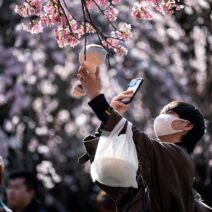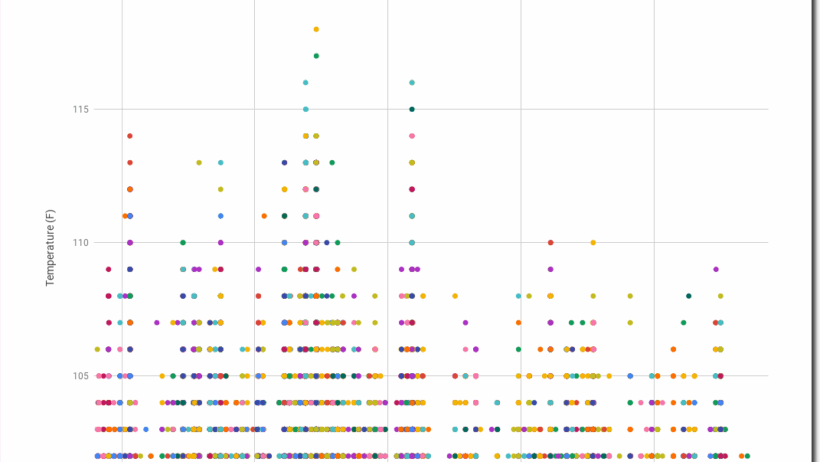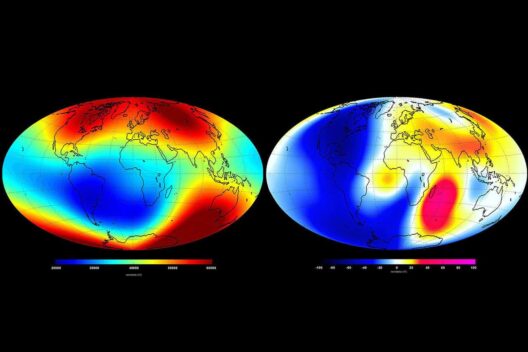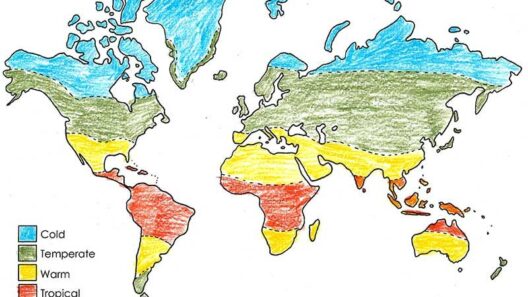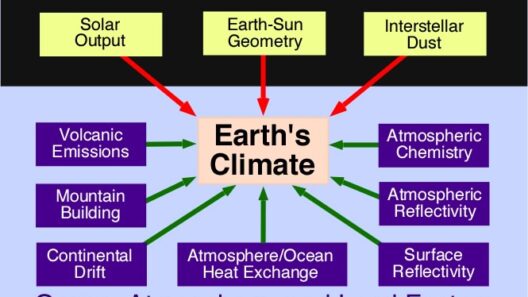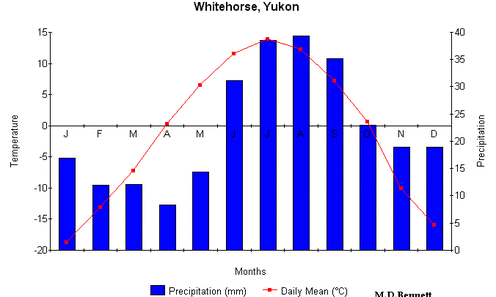Illinois, a state situated in the heart of the Midwest, embodies a climatic tapestry woven from the threads of hot summers and frigid winters. This duality echoes the very pulse of the American landscape, presenting both challenges and beauty, similar to how a symphony’s sharp notes resonate against softer melodies. The climate here is not merely a backdrop; it is a dynamic entity that shapes the lives and cultures of its residents.
At the crossroads of the continental United States, Illinois experiences a humid continental climate characterized by stark seasonal contrasts. The summers can be as fiery as a dragon’s breath, with temperatures regularly soaring above 90 degrees Fahrenheit. These sultry months invite a myriad of outdoor endeavors, but they also remind residents of the tangible weight of humidity that can hang in the air like a heavy velvet curtain. Thunderstorms, often dramatic and electric, punctuate the summer landscape, providing a stage for nature’s most exhilarating performances.
As the calendar flips from June to September, thermometers in Illinois play a game of cat and mouse, climbing and plummeting dramatically against the expansive sky—an ever-changing canvas. The agrarian heart of the state flourishes under these unrelenting sun rays, yielding cornfields that sway like a golden sea in the breeze, their growth propelled by heat. However, the fervent heat is often met with respite during the long summer days, where the twilight hours bring a gentle coolness, reminiscent of a soft lullaby after a spirited day.
Transitioning from the warmth of summer to the sharp chill of winter is akin to flipping a switch. Illinois winters are a paradox—a picturesque yet punishing season. The months of December through February usher in a cloak of frost that envelops the landscape. Snow blankets the ground, rendering the state an enchanting wonderland, as tree branches become adorned with crystalline icicles, illuminating the scenery with a magical glow. However, beneath this veneer of beauty lies the challenge of subzero temperatures, which can descend upon the state with an unforgiving chill, reminiscent of a relentless predator stalking its prey.
The wind, often unapologetic and fierce, sweeps across the plains, transforming the mundane into the extraordinary. Wind chills can dip temperatures to well below freezing, creating an environment that requires both resilience and adaptation from those who inhabit it. The climate, at times, feels alive—an entity that tests resolve yet rewards perseverance. Residents brace themselves for winter storms, arming themselves not just with snow shovels but also with a sense of community; neighbors unite to assist one another in navigating the aftermath of the season’s whims.
From a geographic standpoint, the state’s climate is influenced by several factors, including its proximity to Lake Michigan. This massive water body acts like a guardian, moderating temperatures in the northeastern region and nurturing unique microclimates. Thus, while central and southern areas experience a harsher summer and biting winter, the lakeshore regions may enjoy moderated conditions, showcasing yet another layer to Illinois’s climatic identity.
Illinois weather is also dictated by larger meteorological trends, such as the jet stream, which weaves its way across the state, influencing precipitation patterns and storm systems. The spring months often unleash a torrent of thunderstorms as the earth awakens from its winter slumber. Tornadoes may sweep through the flat landscapes, their funnels creating surreal and sometimes devastating optical illusions. The climax of spring heralds opportunities for farmers and gardeners alike, as nature’s revival unleashes a riot of colors, reinforcing the cycle of life and renewal.
Seasonal variations are not merely climatic; they are cultural, as well. Festivals celebrating the arrival of spring, summer fairs, and autumn harvests punctuate the calendar year, framing the narrative of different weather patterns. Each season brings with it rituals of anticipation, gratitude, and reflection, connecting residents more deeply with the land they inhabit. The cyclical nature of Illinois weather cultivates an appreciation for not just the beauty it manifests but also for the resilience it fosters within communities.
Yet, understanding Illinois’s climate must also encompass a discussion on climate change. As the planet’s thermal equilibrium is disrupted, the historical patterns of weather in Illinois are showing signs of evolution. Summers are becoming increasingly torrid, while winters, though still harsh, sometimes yield to milder spells. Farmers are adapting to these shifts, seeking sustainable practices that will ensure continued yield in the face of uncertainty. It is a testament to human ingenuity, the capability to adapt and respond to the ebb and flow of nature’s rhythms.
In conclusion, the climate of Illinois is a vivid tapestry woven from extremes—a landscape where hot summers kiss cold winters, creating a unique charm that shapes the identity of its people. Nature presents a duality, one that requires an understanding and respect for its unpredictable facets. Illinois stands as a reminder that within the challenges posed by its climate lies the potential for harmony, community, and a profound connection to the environment that shapes everyday lives.

